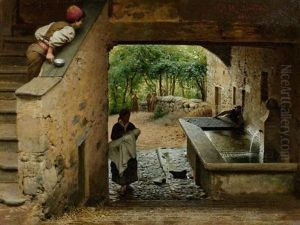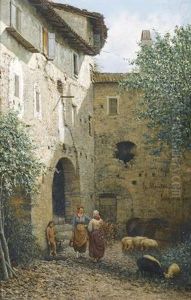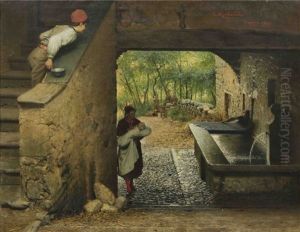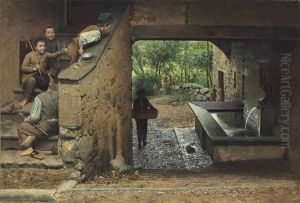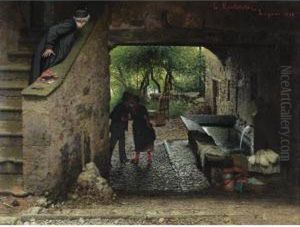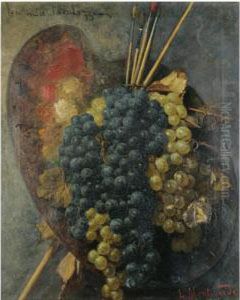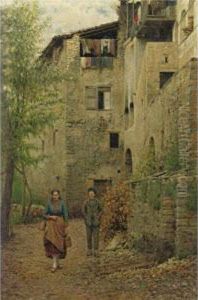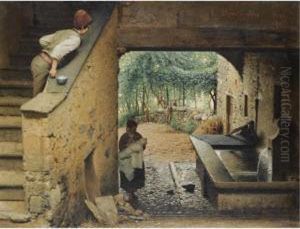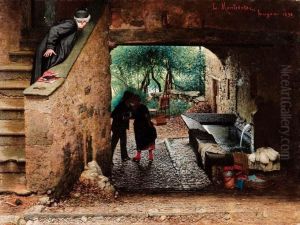Luigi Monteverde Paintings
Luigi Monteverde was an Italian sculptor born in the mid-19th century, whose work is emblematic of the transition from the academic to the more expressive and emotional style that characterized the art of the late 19th and early 20th centuries. Born in 1843 in Genoa, Italy, Monteverde grew up during a period of significant political and social change, which deeply influenced his artistic development and thematic choices.
Monteverde studied at the Accademia Ligustica di Belle Arti in Genoa, where he honed his skills in sculpture under the tutelage of established artists of the time. His early works were characterized by a strong adherence to classical forms and the academic standards of beauty and proportion. However, as his career progressed, Monteverde began to experiment with more expressive forms and subjects, reflecting the broader shifts in European art towards realism and, eventually, modernism.
He is best known for his funerary art, including the remarkable sculptures in the Staglieno Cemetery in Genoa, which are celebrated for their intricate detail and emotional depth. These works, created in the latter part of the 19th century, showcase Monteverde's skill in capturing human emotion and the contemplation of life, death, and the beyond, themes that became increasingly prevalent in his work.
Monteverde's contributions to Italian sculpture were recognized in his time, and he was commissioned to create works for public spaces as well as private patrons. Despite his success, he remained deeply connected to his Genoese roots, and much of his work can still be seen in and around his hometown.
Luigi Monteverde's legacy is that of an artist who bridged the gap between the neoclassical traditions of the early 19th century and the evolving artistic expressions of his time. His sculptures not only reflect the stylistic transitions of the period but also embody the emotional and philosophical inquiries that were central to the era's artistic exploration. Monteverde passed away in 1918, leaving behind a body of work that continues to be admired for its beauty and depth.



